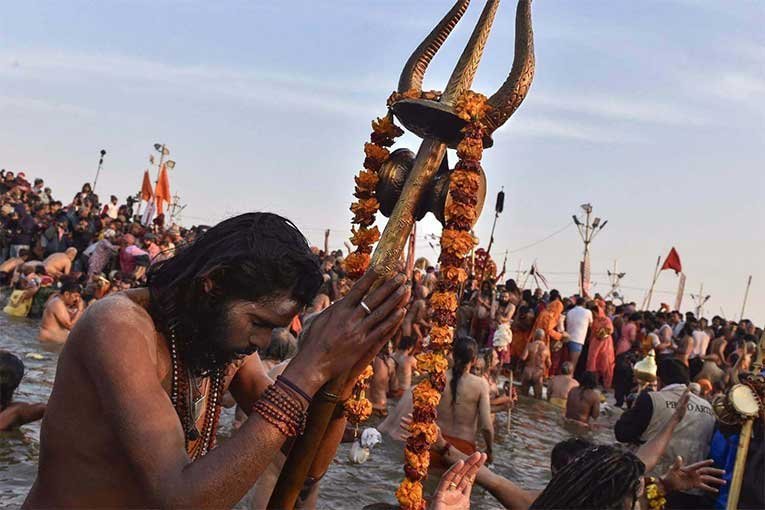The Mahakumbh Mela: A Cultural and Touristic Phenomenon
The Mahakumbh Mela is a sacred Hindu pilgrimage that takes place every 12 years at four different locations in India: Prayagraj, Haridwar, Ujjain, and Nashik. Among these, the Prayagraj Mahakumbh Mela is the most significant, drawing millions of pilgrims and tourists from around the world. This religious gathering, which lasts for about 55 days, is not just a festival but a spectacle that impacts Indian culture and tourism in profound ways.
Preservation of Traditions and Heritage
The Mahakumbh Mela plays a crucial role in preserving India’s rich cultural heritage and traditions. It brings together people from diverse backgrounds, showcasing the unity in diversity that is characteristic of Indian culture. The rituals and ceremonies performed during the Mela are ancient practices that have been passed down through generations, reinforcing the cultural identity of the country. By participating in these rituals, pilgrims and visitors alike get a glimpse into India’s spiritual and traditional roots.
Fostering Spiritual Unity
One of the most significant aspects of the Mahakumbh Mela is its ability to foster spiritual unity among people of different faiths and beliefs. The Mela is not just for Hindus; it welcomes people from all walks of life, including sadhus, saints, and seekers of spiritual enlightenment. The atmosphere at the Mela is charged with devotion and a sense of oneness, where barriers of caste, creed, and religion seem to dissolve. This spiritual unity is a powerful force that transcends differences and promotes harmony among individuals and communities.
Boosting Tourism and Economic Growth
The Mahakumbh Mela is a major tourist attraction, drawing millions of visitors from India and abroad. The influx of tourists boosts the local economy, giving a much-needed fillip to businesses in the area. Hotels, restaurants, transportation services, and souvenir shops all benefit from the increased footfall during the Mela. Additionally, the government invests in infrastructure development and security measures to accommodate the large crowds, creating employment opportunities and stimulating economic growth in the region.
Global Recognition of Indian Heritage
The Mahakumbh Mela has gained international fame as one of the largest religious gatherings in the world. Its grandeur and spiritual significance have captured the imagination of people worldwide, attracting tourists, scholars, and journalists from different countries. The Mela serves as a platform to showcase India’s rich cultural heritage and spiritual traditions on a global stage, enhancing the country’s reputation as a land of diverse cultures and ancient wisdom. The media coverage of the Mahakumbh Mela brings attention to Indian traditions and customs, increasing global awareness and appreciation of the country’s heritage.







